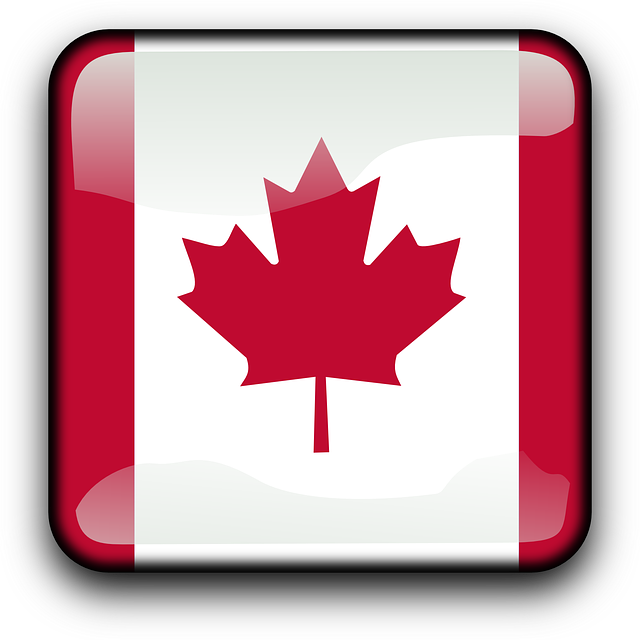Canada Environmental Protection Act and the Canadian Prohibition of Certain Toxic Substances
The Canada Environmental Protection Act (CEPA, 1999) regulates toxic substances under the Prohibition of Certain Toxic Substances Regulations. This oversight is for safeguarding the environment and human health. These regulations prohibit the manufacture, use, sale, offer for sale, or import of certain toxic substances. Accordingly, CEPA may modify the list of substances when required.













